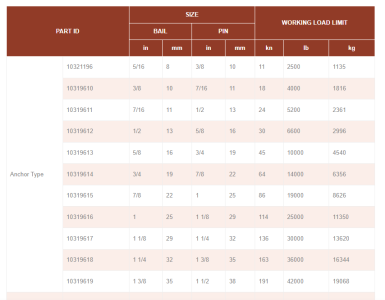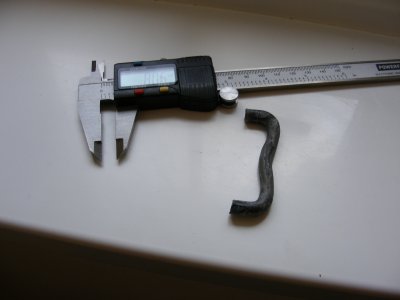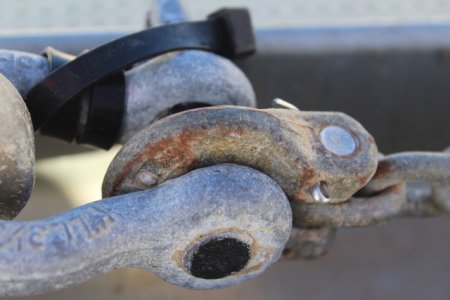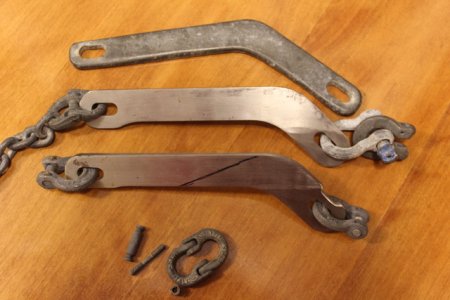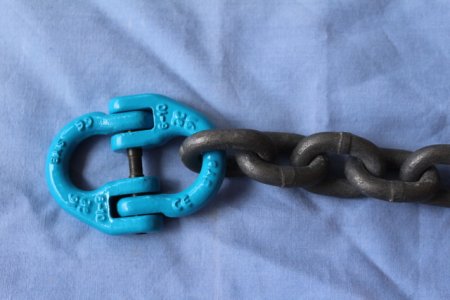lampshuk
Member
Hi, all. I would welcome the opinion of some of our resident metallurgist/engineering experts.
I have about 30m of 8mm chain of unknown but probably cheap origin. It's been on our Moody 31 since we bought her 10 years ago and I suspect some time before that, too.
We anchor mostly in shallow water around the Solent and nearby. One of the advantages of a shoal draught is getting in close.
This year the encroaching patches of mild rust have merged and become rather more pronounced.
I'm assuming that the first metre or so of chain is a "goner" (but I also understand that while rust can look really bad it has less of an impact on performance than one would think, so would appreciate any input on that score).
That's shown in the first photo.
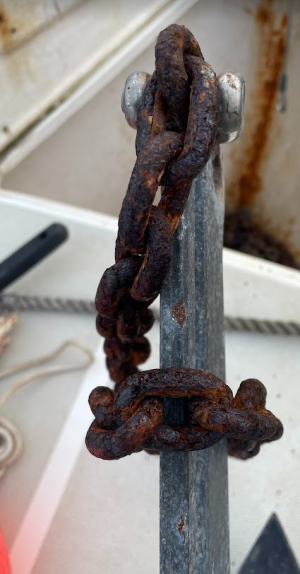
But what about the less badly rusted parts? (subsequent photos).
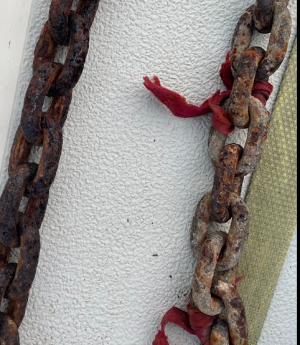
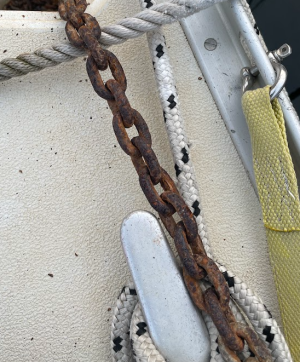
If I need to cut off a length of chain I'd plan on attaching a fresh bit that extended the total length. We don't have a winch so I'm not constrained by that, but I'm thinking that one of the 8-pin Osculati C-Links would make sense, sealed with a large hammer and a solid lump of metal as an anvil. Any comments? Choice of shackles seems to be a bit of a minefield.
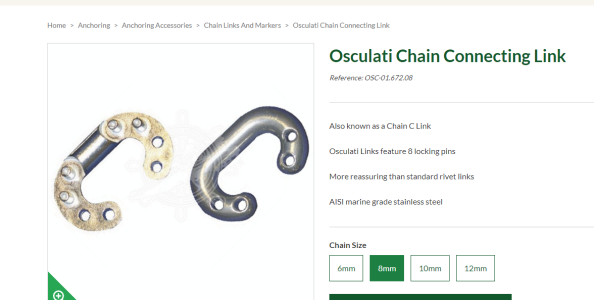
As always, very grateful for comments and suggestions.
Martin.
I have about 30m of 8mm chain of unknown but probably cheap origin. It's been on our Moody 31 since we bought her 10 years ago and I suspect some time before that, too.
We anchor mostly in shallow water around the Solent and nearby. One of the advantages of a shoal draught is getting in close.
This year the encroaching patches of mild rust have merged and become rather more pronounced.
I'm assuming that the first metre or so of chain is a "goner" (but I also understand that while rust can look really bad it has less of an impact on performance than one would think, so would appreciate any input on that score).
That's shown in the first photo.

But what about the less badly rusted parts? (subsequent photos).


If I need to cut off a length of chain I'd plan on attaching a fresh bit that extended the total length. We don't have a winch so I'm not constrained by that, but I'm thinking that one of the 8-pin Osculati C-Links would make sense, sealed with a large hammer and a solid lump of metal as an anvil. Any comments? Choice of shackles seems to be a bit of a minefield.

As always, very grateful for comments and suggestions.
Martin.


